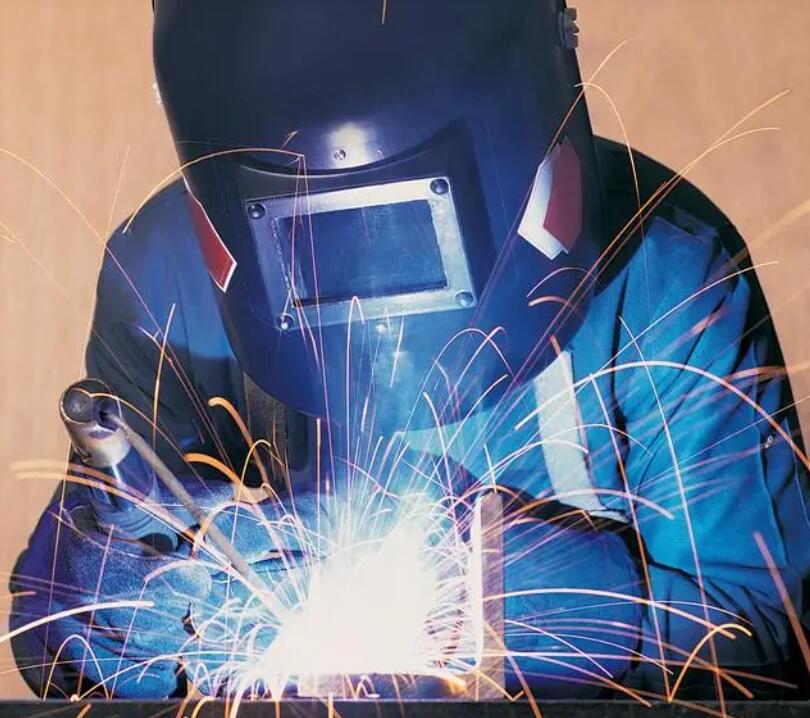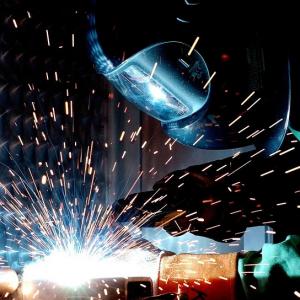Technical requirements for welded structural parts
Technical requirements for welded structural parts
When welding, the weld should be flat, and there should be no welding defects such as pores and slag inclusions. If defects are found, they should be repaired in time. The height of the weld is generally close to the height of the steel plate. When intermittent welding is used, the length and spacing of the welds should be uniform.
When the production part needs to be sealed and continuously welded, it is required that there should be no trachoma in the weld.
When welding, the height of the weld should not be less than the thickness of the base metal (weld). When welding base metals (weldments) of different thicknesses, the height of the weld should not be less than the thickness of the thinnest base metal (weldments).
What problems should be paid attention to in the design of welding structure in order to avoid weaknesses
The orientation and size of the welds are avoided to avoid concentration and intersection of the welds. Pay attention to the selection of materials, low carbon steel should meet the requirements of carbon content. For low temperature environments, we should also pay attention to prevent the brittleness of the structure. For welded crane beams, fatigue should be checked.
Basic technical requirements of welding platform
Welding platforms shall be made of fine ash-nozzle cast iron or alloy cast iron.
The hardness of the task surface of the welding platform should be hb170-220.
The appearance of the welding platform should be free from rust, scratches, bumps and other external problems.



